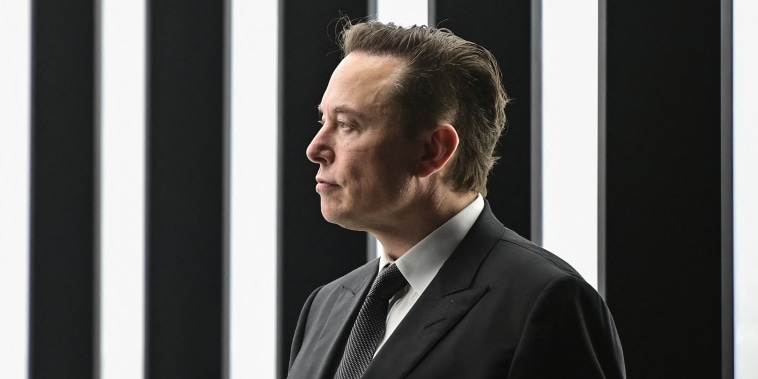 Advertisers are increasing their spending on retail platforms like Amazon and Walmart, as television advertising continues to shrink. This shift represents the growing significance of online shopping platforms in advertising strategies, as consumer behavior continues to shift towards e-commerce.
One of the primary reasons behind this change is the ever-increasing online shopping trend, driven by the ease and convenience it offers to consumers. Platforms like Amazon and Walmart not only provide a shopping platform but also provide a significant customer base, providing businesses with the opportunity to directly target their desired market group.
Moreover, these platforms accumulate vast amounts of data about their customers’ shopping habits, preferences, and behaviors. This information allows advertisers to tailor their advertisements more effectively, leading to higher conversion rates and ROI.
Additionally, advertising on these platforms often costs less than traditional television advertising, offering advertisers a more efficient use of their budget. Unlike TV commercials that are broadcast to a broad audience, online ads can be targeted to specific consumers, reducing wasted spending on irrelevant audiences.
However, this doesn’t mean that TV advertising is disappearing completely. It continues to play a vital role in brand awareness and reach, especially for larger, more established brands. It’s rather that the advertising landscape is transforming, with advertisers allocating more of their budgets towards online channels, where they can reach consumers more directly and with greater precision.
In conclusion, the increase in advertiser spending at retailers like Amazon and Walmart signifies a major shift in advertising strategy, as businesses adjust to the ever-evolving consumer market.
Advertisers are increasing their spending on retail platforms like Amazon and Walmart, as television advertising continues to shrink. This shift represents the growing significance of online shopping platforms in advertising strategies, as consumer behavior continues to shift towards e-commerce.
One of the primary reasons behind this change is the ever-increasing online shopping trend, driven by the ease and convenience it offers to consumers. Platforms like Amazon and Walmart not only provide a shopping platform but also provide a significant customer base, providing businesses with the opportunity to directly target their desired market group.
Moreover, these platforms accumulate vast amounts of data about their customers’ shopping habits, preferences, and behaviors. This information allows advertisers to tailor their advertisements more effectively, leading to higher conversion rates and ROI.
Additionally, advertising on these platforms often costs less than traditional television advertising, offering advertisers a more efficient use of their budget. Unlike TV commercials that are broadcast to a broad audience, online ads can be targeted to specific consumers, reducing wasted spending on irrelevant audiences.
However, this doesn’t mean that TV advertising is disappearing completely. It continues to play a vital role in brand awareness and reach, especially for larger, more established brands. It’s rather that the advertising landscape is transforming, with advertisers allocating more of their budgets towards online channels, where they can reach consumers more directly and with greater precision.
In conclusion, the increase in advertiser spending at retailers like Amazon and Walmart signifies a major shift in advertising strategy, as businesses adjust to the ever-evolving consumer market.
Advertisers boost spending at retailers such as Walmart and Amazon as TV shrinks

 Advertisers are increasing their spending on retail platforms like Amazon and Walmart, as television advertising continues to shrink. This shift represents the growing significance of online shopping platforms in advertising strategies, as consumer behavior continues to shift towards e-commerce.
One of the primary reasons behind this change is the ever-increasing online shopping trend, driven by the ease and convenience it offers to consumers. Platforms like Amazon and Walmart not only provide a shopping platform but also provide a significant customer base, providing businesses with the opportunity to directly target their desired market group.
Moreover, these platforms accumulate vast amounts of data about their customers’ shopping habits, preferences, and behaviors. This information allows advertisers to tailor their advertisements more effectively, leading to higher conversion rates and ROI.
Additionally, advertising on these platforms often costs less than traditional television advertising, offering advertisers a more efficient use of their budget. Unlike TV commercials that are broadcast to a broad audience, online ads can be targeted to specific consumers, reducing wasted spending on irrelevant audiences.
However, this doesn’t mean that TV advertising is disappearing completely. It continues to play a vital role in brand awareness and reach, especially for larger, more established brands. It’s rather that the advertising landscape is transforming, with advertisers allocating more of their budgets towards online channels, where they can reach consumers more directly and with greater precision.
In conclusion, the increase in advertiser spending at retailers like Amazon and Walmart signifies a major shift in advertising strategy, as businesses adjust to the ever-evolving consumer market.
Advertisers are increasing their spending on retail platforms like Amazon and Walmart, as television advertising continues to shrink. This shift represents the growing significance of online shopping platforms in advertising strategies, as consumer behavior continues to shift towards e-commerce.
One of the primary reasons behind this change is the ever-increasing online shopping trend, driven by the ease and convenience it offers to consumers. Platforms like Amazon and Walmart not only provide a shopping platform but also provide a significant customer base, providing businesses with the opportunity to directly target their desired market group.
Moreover, these platforms accumulate vast amounts of data about their customers’ shopping habits, preferences, and behaviors. This information allows advertisers to tailor their advertisements more effectively, leading to higher conversion rates and ROI.
Additionally, advertising on these platforms often costs less than traditional television advertising, offering advertisers a more efficient use of their budget. Unlike TV commercials that are broadcast to a broad audience, online ads can be targeted to specific consumers, reducing wasted spending on irrelevant audiences.
However, this doesn’t mean that TV advertising is disappearing completely. It continues to play a vital role in brand awareness and reach, especially for larger, more established brands. It’s rather that the advertising landscape is transforming, with advertisers allocating more of their budgets towards online channels, where they can reach consumers more directly and with greater precision.
In conclusion, the increase in advertiser spending at retailers like Amazon and Walmart signifies a major shift in advertising strategy, as businesses adjust to the ever-evolving consumer market.

